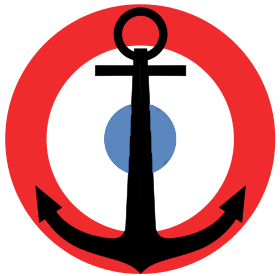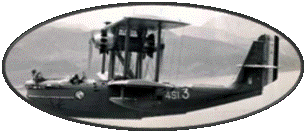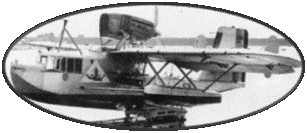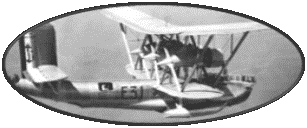History
of the Ship
In 1924, a naval
program launched the construction of two heavy cruisers of which
the "Duquesne" was the first. Will follow the cruiser
"Tourville" and. This program responded to the "Washington"
treaty which limited the mass of warships to 10,000 tons.
The "Duquesne"
was launched on December 17, 1925 in Brest and entered service in
early 1929. Shortly after, in April 1929, the ship left for a world
tour which will end in January 1930. In October 1931, the Cruiser
will carry out a mission in the United States then, assigned to
the Mediterranean, he will continue his training.
After the outbreak of hostilities,
the cruiser "Duquesne" carried out surveillance and protection
missions for convoys in the Mediterranean. In April 1940, he joined
Force X. This naval force, also known as the French Fleet of Eastern
Mediterranean, created on April 29, 1940, is under the orders of
Admiral Godefroy. Within this fleet, the "Duquesne" will
carry out missions to Beirut and the Aegean Sea.
When the Armistice was signed
in June 1940, the Force X anchored in the port of Alexandria was
blocked by Armistice conventions. The "Duquesne" and his
sister ship, the "Tourville", were immobilized in this
port until July 1943 ... They thus escaped the scuttling of the
fleet at Toulon, in November 1942. The two ships joined the port
of Alexandria, where they will undergo major work to restore them.
All Aviation equipment is disassembled, catapult and seaplanes as
well as the Torpedo Launchers. The "Duquesne" joined Toulon
in November 1944. The ship was first attached to the port of Bizerte,
before joining, in April 1945, the Naval Task Force, responsible
for reducing the pockets of the Atlantic. He will fire on the German
Batteries at the mouth of the Gironde, then on those of Ile d'Oleron.
After the end of the conflict,
the cruiser "Duquesne" returned in June 1945, undergoing
refit for refurbishment and modernization made much needed after
the years of conflict. The ship was modernized with the addition
of Radar equipment, and its anti-aircraft armament was seriously
reinforced by the addition of 8 "Bofors" 40mm cannons
and 20 "Oerlikons" 20mm cannons. Its new silhouette is
recognizable thanks to the removal of its rear mast.
On January 26, 1946, the
"Duquesne" anchored in the port of Saigon. It is joined
by the "Tourville". The two ships will support the French
Forces in Tonkin.
On October 4, 1946, the "Duquesne"
left Asia to join Toulon. He will leave for a second campaign in
Indochina on December 22, 1946, where he will find his sister ship,
the "Tourville" on site since October 1946.
The cruiser "Duquesne"
definitively leaves Asia on April 16, 1947. It returns to the port
of Toulon where it will be declared in reserve in September. Towed
to the port of Oran in early 1948, it will end its career as a floating
barracks to house the personnel of the Arzew Amphibious Operations
Training Center. It was finally sold to scrap dealers in July 1956.













